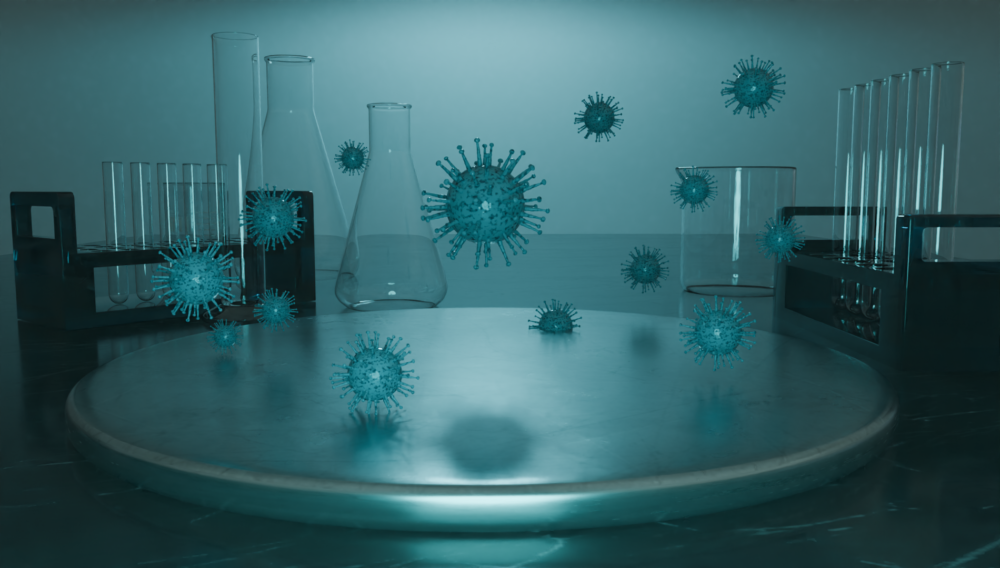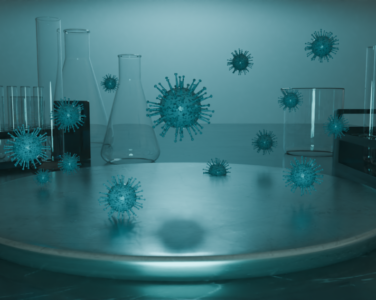Ensuring the effectiveness of chemical disinfectants and antiseptics in medical settings is critical for maintaining hygiene and safety. The EN 16777:2019 standard provides a comprehensive method for evaluating the virucidal activity of disinfectants on non-porous surfaces without mechanical action. This article delves into the key aspects of this standard and its significance in healthcare.
What is EN 16777:2019?
The EN 16777:2019 is a European standard that outlines a quantitative non-porous surface test to assess the virucidal activity of chemical disinfectants used in medical areas. This standard simulates practical conditions to ensure that disinfectants can effectively reduce viral contamination on surfaces.
Scope and Application of EN 16777:2019
This standard is applicable to:
- Chemical disinfectants used on non-porous surfaces in medical environments.
- Surfaces in hospitals, community medical facilities, dental clinics, schools, nurseries, elderly care homes, workplaces, and homes.
- It also includes the evaluation of disinfectants in services like laundry and kitchens associated with patient care.
Key Test Conditions
The EN 16777:2019 specifies the following key test conditions:
- Temperature: The test is conducted at room temperature, between 18 °C and 25 °C, with additional conditions ranging from 4 °C to 30 °C.
- Interfering Substances: Tests include clean conditions using bovine serum albumin and dirty conditions using a mixture of bovine serum albumin and sheep erythrocytes.
- Contact Time: For critical surfaces, a maximum contact time of 5 minutes is recommended, while other surfaces may be tested up to 60 minutes.
Proficiency testing procedure
The test procedure must align strictly with EN 16777:2019 for virucidal activity (Test method and requirements, phase 2/step 2). Laboratories are required to treat each test item as if it were a routine sample. SHAPYPRO will be notified of any deviations from this standard.
The test involves several steps:
- Preparation of the Test Surface: Using sterilized stainless-steel discs.
- Preparation of Viral Suspension: Using selected viruses like Murine Norovirus, Adenovirus type 5, and Vaccinia virus strains.
- Inoculation and Drying: Applying the viral suspension to the test surface and allowing it to dry.
- Application of Disinfectant: Applying the disinfectant solution to the dried viral inoculum.
- Incubation: Incubating the treated surfaces at the specified temperature for the recommended contact time.
- Elution of Residual Virus: Recovering any residual virus by transferring the surface to a cold medium.
- Viral Titration: Measuring the viral titer using cell culture methods and calculating the reduction in viral titer.
The efficacy of the disinfectant dilution is assessed by calculating the reduction in infectivity titres, defined as the difference between the titre obtained without exposure to the disinfectant and the titre obtained after exposure under specific test conditions.
Furthermore, adherence to the guidelines in EN 12353 for the treatment and preservation of microorganisms is mandatory. This ensures consistency and reliability across different laboratory settings and prevents variability due to mishandling or degradation of test organisms.
Performance evaluation
An inter-laboratory comparison aims to verify the consistency of the reduction rate 𝑅 observed by participating laboratories for four specified concentrations of the disinfectant (v/v %). To evaluate each concentration, the following approach is adopted:
- If no virus multiplication is observed at the tested concentration, this value 𝑋 should be indicated as “≤X”.
- Conversely, if virus multiplication is detected across all dilutions, the notation “≥X” should be used.
Exercise Schedule
The execution of the exercise involves several key stages, each assigned specific dates to ensure effective execution and evaluation:
- End of Registration: The deadline for registration in this exercise is August 2, 2024. It is crucial that all participants are registered by this date to ensure their inclusion in the exercise.
- Sample Shipment: Samples must be shipped no later than August 5, 2024 for processing and analysis on schedule.
- Test Commencement: Testing will begin on September 2, 2024, at which time all received samples will be subjected to the stipulated testing protocols.
- Results Collection: All results are expected to be collected and analyzed by November 15, 2024, after which data evaluation will proceed.
- Final SHAPYPRO Report: The final report, summarizing the findings and evaluations of the exercise, will be issued on January 31, 2025.
Several Results per Laboratory
In instances where a laboratory provides multiple results to assess the technical competence of more than one analyst, the following requirements must be met:
- Each analyst must independently prepare the suspension of test organisms, as well as the test and control solutions.
- Analysts are responsible for executing the efficacy test, strictly adhering to the established guidelines.
To ensure the independence of results, it is strongly recommended that each analyst (sharing the same facilities) conducts the test on different days.
Importance of EN 16777:2019 in Healthcare
Adhering to the EN 16777:2019 standard is crucial for several reasons:
- Ensures Efficacy: Confirms that disinfectants are effective in reducing viral contamination.
- Supports Infection Control: Helps in maintaining hygiene and safety in medical environments.
- Enhances Patient Safety: Reduces the risk of virus transmission through contaminated surfaces.
By following the EN 16777:2019 standard, healthcare providers can ensure the use of effective disinfectants, thereby enhancing overall infection control practices.
Conclusion of EN 16777:20199
The EN 16777:2019 standard provides a detailed methodology for evaluating the virucidal activity of chemical disinfectants on non-porous surfaces. Its rigorous test conditions and comprehensive evaluation process ensure that disinfectants used in medical settings are effective in controlling viral contamination. Adhering to this standard is essential for maintaining high hygiene standards and ensuring patient safety.


